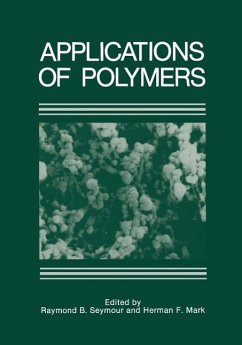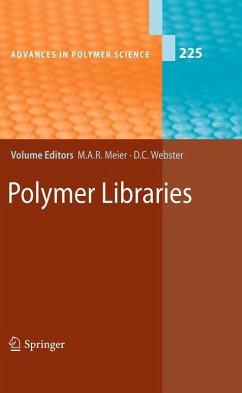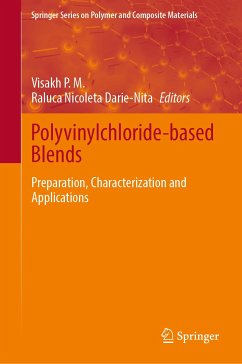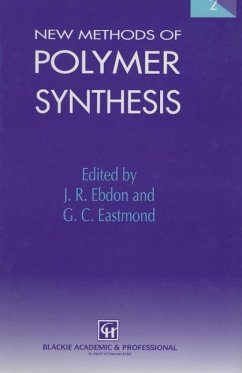
A Little Book about BIG Chemistry (eBook, PDF)
The Story of Man-Made Polymers
Versandkostenfrei!
Sofort per Download lieferbar
44,95 €
inkl. MwSt.
Weitere Ausgaben:

PAYBACK Punkte
22 °P sammeln!
The brief explains in simple terms the essentials of polymer chemistry and how polymers came to be discovered by pioneers in this field. It relates the many uses of polymers, including those not widely recognised by the lay person. The chemistry of polymerisation and the influence of chemical structure and additives on properties are described. Ethical issues are considered, especially in the context of huge tonnages of plastics. Finally short paragraphs on more than 30 common polymers are listed chronologically with chemical structures, properties and applications. It will appeal to those wit...
The brief explains in simple terms the essentials of polymer chemistry and how polymers came to be discovered by pioneers in this field. It relates the many uses of polymers, including those not widely recognised by the lay person. The chemistry of polymerisation and the influence of chemical structure and additives on properties are described. Ethical issues are considered, especially in the context of huge tonnages of plastics. Finally short paragraphs on more than 30 common polymers are listed chronologically with chemical structures, properties and applications. It will appeal to those with connections to or within the plastics, rubber and textile industries, science students, members of other science disciplines using polymers, as well as people just curious to know about everyday plastics.
Dieser Download kann aus rechtlichen Gründen nur mit Rechnungsadresse in A, B, BG, CY, CZ, D, DK, EW, E, FIN, F, GR, HR, H, IRL, I, LT, L, LR, M, NL, PL, P, R, S, SLO, SK ausgeliefert werden.












